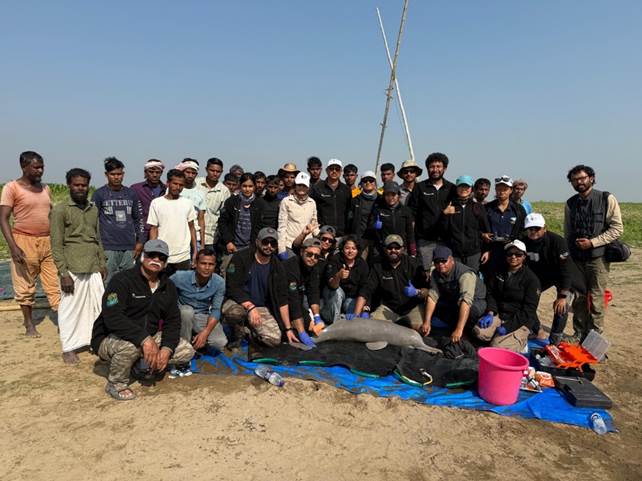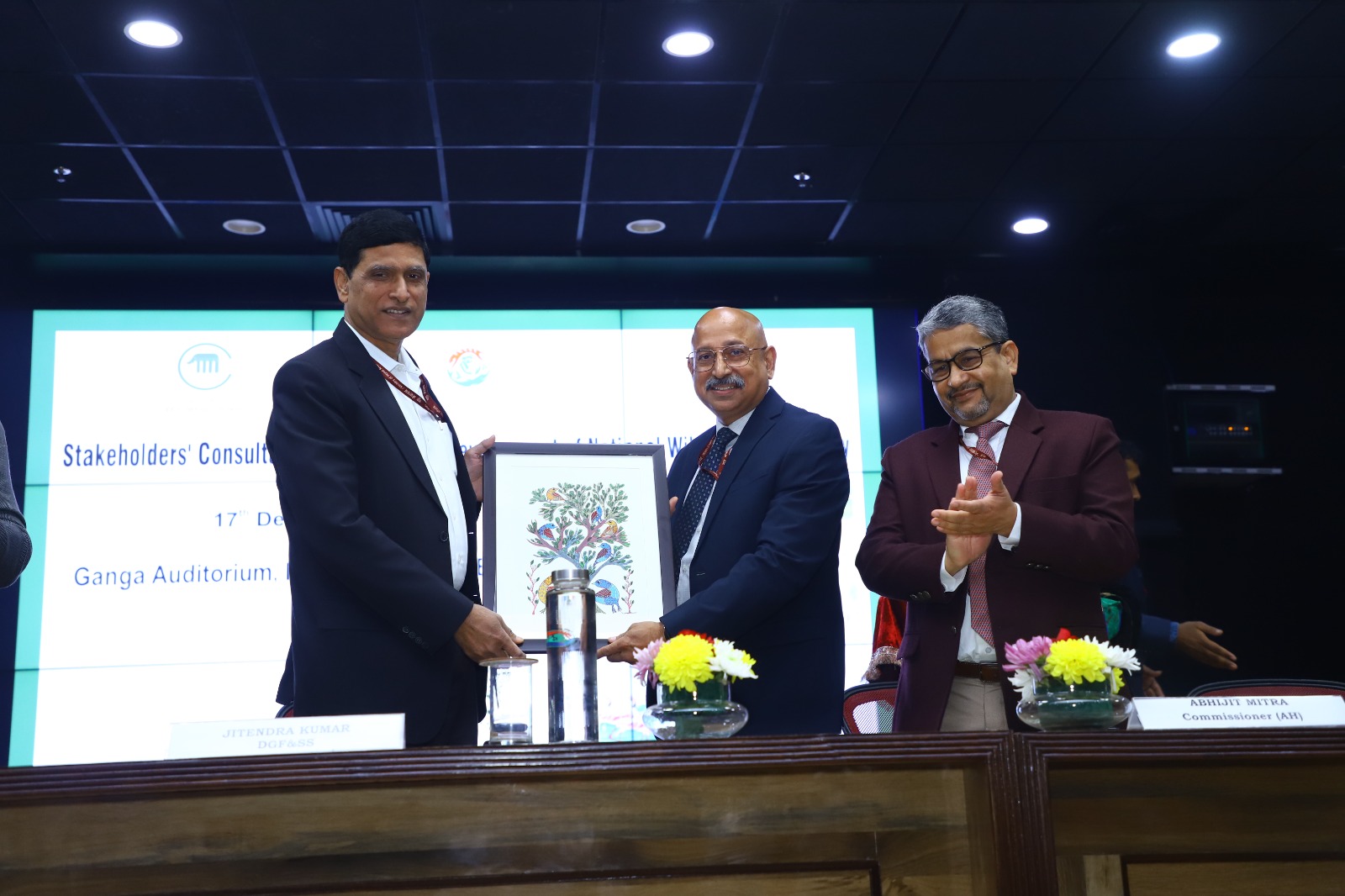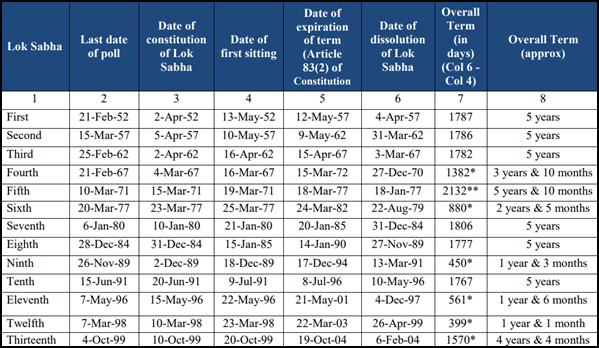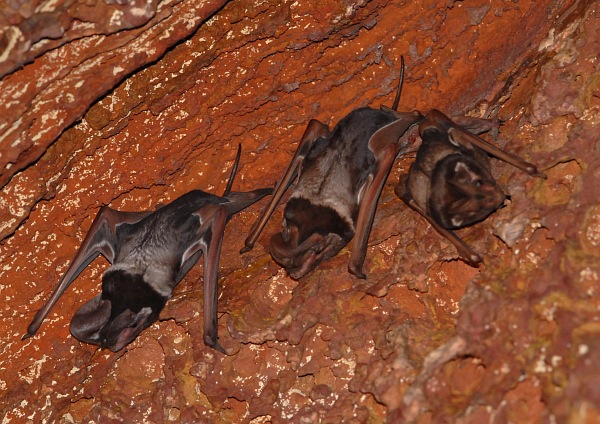India's First-Ever Ganges River Dolphin Tagging in Assam

- 19 Dec 2024
In News:
India conducts the first-ever satellite tagging of the Ganges River Dolphin (Platanista gangetica) in Assam, a key step in wildlife conservation.
Key Highlights:
Objective of Tagging: The tagging aims to understand:
- Migratory patterns
- Range and distribution
- Habitat utilization, especially in fragmented river systems.
Key Participants:
- Ministry of Environment, Forest and Climate Change (MoEFCC)
- Wildlife Institute of India (WII)
- Assam Forest Department
- Aaranyak (NGO)
- Funded by the National CAMPA Authority.
Significance of the Tagging:
- Technology Used: Lightweight satellite tags compatible with Argos systems were employed, minimizing interference with the dolphin’s movement despite its limited surfacing time (5-30 seconds).
- Insight into Dolphin Ecology: Helps fill knowledge gaps regarding habitat needs and seasonal migration, especially in disturbed river ecosystems.
Ganges River Dolphin – India's National Aquatic Animal:
- Endemic to India with around 90% of the population in India.
- Known for being nearly blind and using echolocation for navigation and hunting.
- Plays a crucial role as an apex predator and indicator species for river ecosystem health.
Project Dolphin:
- Launched by PM Narendra Modi in 2020, modeled after Project Tiger.
- Focuses on conservation of riverine and marine dolphins.
- A 10-year initiative funded by MoEFCC to safeguard dolphin populations and address ecosystem challenges.
Conservation Status:
- IUCN: Endangered.
- Protection: Included in Schedule I of the Wildlife Protection Act (1972) and CITES Appendix I.
- Major Threats: Habitat degradation, pollution, bycatch, and water abstraction, compounded by damming and sand mining.
Broader Impact:
- The tagging initiative contributes to evidence-based conservation strategies for Ganges River Dolphins.
- Will aid in the development of a comprehensive conservation action plan for the species.
- Expands the understanding of critical habitats within river ecosystems, benefiting both biodiversity and the communities dependent on these resources.
National Wildlife Health Policy (NWHP)

- 19 Dec 2024
In News:
The Central Zoo Authority, under the aegis of the Ministry of Environment Forest and Climate Change (MoEF&CC) has taken up the development of the ‘National Wildlife Health Policy in consultative workshop held in Indira Prayavaran Bhawan, New Delhi.
Key Highlights:
- Organized by: Central Zoo Authority (CZA), under the Ministry of Environment, Forest and Climate Change (MoEF&CC).
- Event: Consultative workshop held at Indira Prayavaran Bhawan, New Delhi, on the development of the National Wildlife Health Policy (NWHP).
- Purpose: To address health threats to wildlife and integrate wildlife health management with public and animal health.
Goals of the National Wildlife Health Policy (NWHP):
- One Health Approach: Integrates human, animal, and environmental health, recognizing their interdependence.
- Focus Areas:
- Prevent and control zoonotic diseases.
- Improve disease surveillance and early detection, especially in protected areas.
- Promote biosecurity measures and epidemic preparedness.
- Enhance research and development in wildlife health management.
- Advocate for community awareness on wildlife health and conservation.
Key Features of the Policy:
- Wildlife Health Management Unit (WHMU): Proposed unit to oversee the policy's implementation.
- Collaboration: Involves coordination with various stakeholders including government ministries, NGOs, academic institutions, and veterinary universities.
- Disease Surveillance: Establish protocols for monitoring and controlling wildlife diseases, especially in protected areas.
- Capacity Building: Training programs for professionals involved in wildlife conservation and health management.
- Biosecurity Protocols: Strengthen measures to reduce disease transmission risks.
Supporting Institutions:
- GISE Hub, IIT Bombay and Office of the Principal Scientific Adviser to the Government of India are providing support in policy development.
Challenges Addressed:
- Wildlife in India faces various health challenges including:
- Infectious diseases (e.g., Canine Distemper Virus).
- Habitat loss and climate change impacts.
- Illegal wildlife trade and other anthropogenic pressures.
- India has over 91,000 wildlife species and more than 1,000 protected areas, making comprehensive health management crucial.
Expected Outcomes:
- Comprehensive Framework: A science-based framework for wildlife health, integrating ecological, human, and animal health.
- Disease Outbreak Response: Structured mechanisms for disease management, surveillance, and legal frameworks.
- Public Health Integration: Safeguard wildlife health, which directly impacts balanced ecosystems and biodiversity.
Policy’s Strategic Alignment:
- National Wildlife Action Plan (2017-31): The policy complements the action plan’s 103 conservation actions and 250 projects, including disease surveillance protocols in tiger reserves and other protected areas.
- Research & Development: Encourages the development of strategies to manage wildlife health and prevent disease outbreaks.
Eastern Maritime Corridor (EMC)
- 19 Dec 2024
In News:
In mid-2024, India surpassed China as the largest importer of Russian oil. This milestone has been accompanied by the operationalization of a new maritime route, the Eastern Maritime Corridor (EMC), which connects Chennai in India to Vladivostok in Russia. The new sea route is significantly reducing both shipping times and costs, facilitating smoother commodity trade between the two countries, particularly crude oil shipments.
The Eastern Maritime Corridor (EMC)
The EMC, covering a distance of about 5,600 nautical miles, has reduced the shipping time between India and Russia’s Far East by up to 16 days. The Chennai-Vladivostok route now takes just 24 days, compared to over 40 days using the traditional St. Petersburg-Mumbai route. This reduction in transit time makes it a highly efficient route for transporting goods such as crude oil, coal, LNG, fertilizers, and other commodities. Additionally, this new corridor supports India’s maritime sector and aligns with the country’s broader vision for maritime growth and regional strategic engagement.
Key Features of the EMC:
- Efficiency and Cost Savings: The route cuts shipping time and distance, reducing costs associated with longer transit periods. For example, a ship traveling between Vladivostok and Chennai now takes only about 12 days at cruising speed, compared to the traditional route's 40+ days.
- Strategic Importance: Vladivostok is Russia’s largest Pacific port, and the corridor strengthens India's strategic presence in the region. This maritime route bypasses traditional chokepoints like the Suez Canal, offering faster, more direct access to key markets.
- Diversification of Trade: Besides crude oil, the EMC facilitates the transportation of coal, LNG, fertilizers, and metals, diversifying India's trade portfolio with Russia. It also helps maintain supply chains for essential goods.
- Boosting India’s Maritime Sector: The corridor supports India’s Maritime Vision 2030, which aims to enhance the efficiency and reach of India's maritime trade, a sector responsible for over 70% of the country’s trade value.
Economic and Strategic Impact:
- The new Eastern Maritime Corridor is particularly significant for India’s energy needs. As the world’s third-largest consumer of crude oil, India imports over 85% of its crude oil demand. The growing imports of Russian crude, especially the Urals grade, are crucial for securing India’s energy future. Additionally, Russia’s competitive pricing on crude, coupled with the savings on shipping costs through the EMC, makes Russian oil even more attractive.
- Beyond the economic benefits, the EMC also supports India’s broader strategic goals, including strengthening ties with Russia, a key partner in defense, nuclear cooperation, and regional geopolitics. The closer maritime links also help counterbalance China's growing dominance in the Pacific region, aligning with India's Act Far East Policy and enhancing trade and diplomatic engagement with East Asia and Russia.
Other Key Maritime Corridors Relevant to India:
- International North-South Transport Corridor (INSTC): A 7,200 km multimodal route linking the Indian Ocean with Russia, offering alternative trade routes to Europe and Central Asia.
- India-Middle East-Europe Economic Corridor (IMEC): A recent project announced at the G20 Summit, which connects India, the Middle East, and Europe via rail, road, and maritime links, fostering greater regional integration.
- Northern Sea Route (NSR): A 5,600 km Arctic route offering shorter transit times between the Barents and Kara Seas and the Bering Strait, gaining importance due to growing imports of Russian energy resources.
In conclusion, the Eastern Maritime Corridor is reshaping India-Russia trade dynamics, boosting economic ties and strategic cooperation between the two nations. By facilitating faster and cheaper transportation, the EMC is not only beneficial for trade in crude oil but also for a range of other commodities, positioning India as a key player in the evolving global trade network.
One Nation, One Election

- 19 Dec 2024
In News:
The government has recently taken steps to implement "One Nation, One Election" by presenting two Constitution Amendment Bills in the Lok Sabha: the One Nation One Election – The Constitution 129th Amendment Bill 2024 and the Union Territories Laws Amendment Bill 2024.
Introduction to the Concept:
- Objective: Proposes synchronizing elections for Lok Sabha (national) and State Legislative Assemblies to be held on the same day.
- Purpose: Aims to reduce costs, minimize logistical challenges, and address governance disruptions caused by frequent elections.
- 2024 Report: The High-Level Committee Report on Simultaneous Elections, released in December 2024, outlines a roadmap for implementing this reform.
Historical Background:
- Previous Practice: From 1951 to 1967, Lok Sabha and State Assembly elections were conducted together.
- Disruptions: The practice was interrupted due to premature dissolutions and emergencies, leading to staggered elections across India.
High-Level Committee on Simultaneous Elections:
- Committee Formation: Headed by former President Ram Nath Kovind, formed on 2nd September 2023.
- Public Response: Over 21,500 responses, with 80% in favor.
- Political Party Responses: 32 political parties supported the idea, while 15 raised concerns about regional party marginalization.
- Expert Consultations: Majority of experts supported the reform, emphasizing resource optimization and reduced disruptions.
Committee Recommendations:
- Constitutional Amendments: Proposals to amend Articles 82A and 324A to enable simultaneous elections.
- Two-Phase Implementation:
- Phase 1: Synchronize elections for Lok Sabha and State Legislative Assemblies.
- Phase 2: Include Municipalities and Panchayats within 100 days.
- Single Electoral Roll: Creation of a unified electoral roll and EPIC for all levels of elections, reducing duplication and errors.
Rationale for Simultaneous Elections:
- Governance Consistency: Reduces focus on election preparation, allowing more attention to developmental work.
- Prevents Policy Paralysis: Mitigates disruptions caused by the Model Code of Conduct (MCC) during frequent elections.
- Resource Optimization: Reduces the need for personnel and resources for election duties, allowing better allocation to governance tasks.
- Preserves Regional Party Relevance: Local issues remain prioritized, ensuring regional parties' concerns are heard.
- Equitable Political Opportunities: Encourages diversification and inclusivity within political parties.
- Financial Benefits: Reduces the financial burden of conducting multiple elections, enhancing economic efficiency.
Conclusion:
- The concept of "One Nation, One Election" is a significant reform aimed at streamlining India's electoral processes. With broad public and political support, it promises improved governance, cost savings, and better resource management in the future.
Wroughton’s Free-Tailed Bat

- 19 Dec 2024
In News:
Wroughton’s free-tailed bat, a highly rare species of molossus bat, has been spotted at the Delhi Development Authority (DDA)’s Yamuna Biodiversity Park, marking a unique sighting.
Key Highlights:
- Species Overview: Wroughton’s free-tailed bat (Otomops wroughtoni) is a rare species of molossus bat, notable for its powerful flight and ecological importance in controlling insect populations and assisting in pollination.
- Conservation Status:
- IUCN: Listed as "Data Deficient".
- Protection: Listed under Schedule I of the Wildlife (Protection) Act, 1972.
- Geographical Distribution:
- Primarily found in the Western Ghats, with a single known breeding colony.
- Small colonies in Jaintia Hills, Meghalaya, and a solitary individual sighted in Cambodia.
- Physical Characteristics:
- Large in size, with huge ears extending beyond the muzzle.
- Bicoloured velvet fur.
- Noted for powerful flying capabilities, enabling long-distance foraging.
- Ecological Role:
- Regulates insect populations.
- Known for assisting in pollination.
- Habitat:
- Roosts in caves, or dark, damp, and slightly warm places, typically in moderate-sized colonies.
- Significance of the Delhi Sighting:
- The sighting at Yamuna Biodiversity Park is significant for Delhi, marking a rare occurrence in the region.
- Delhi's bat species: The city is home to about 14 bat species, with four species, including the Indian false vampire and Egyptian free-tailed bat, considered locally extinct.
- Conservation Efforts:
- Two decades of ecological restoration have created specialized niches in the area, aiding species rewilding and ecological balance.
- The Aravalli Biodiversity Park in Gurugram now serves as the only known roosting site for the Blyth’s horseshoe bat in Delhi NCR.
- Additional Notes:
- Wroughton’s free-tailed bat was considered critically endangered until 2000 due to its limited known population. However, the discovery of populations in other regions has led to a reclassification to "Data Deficient".
- Despite being discovered over a century ago, much about the bat's feeding ecology remains unknown.
